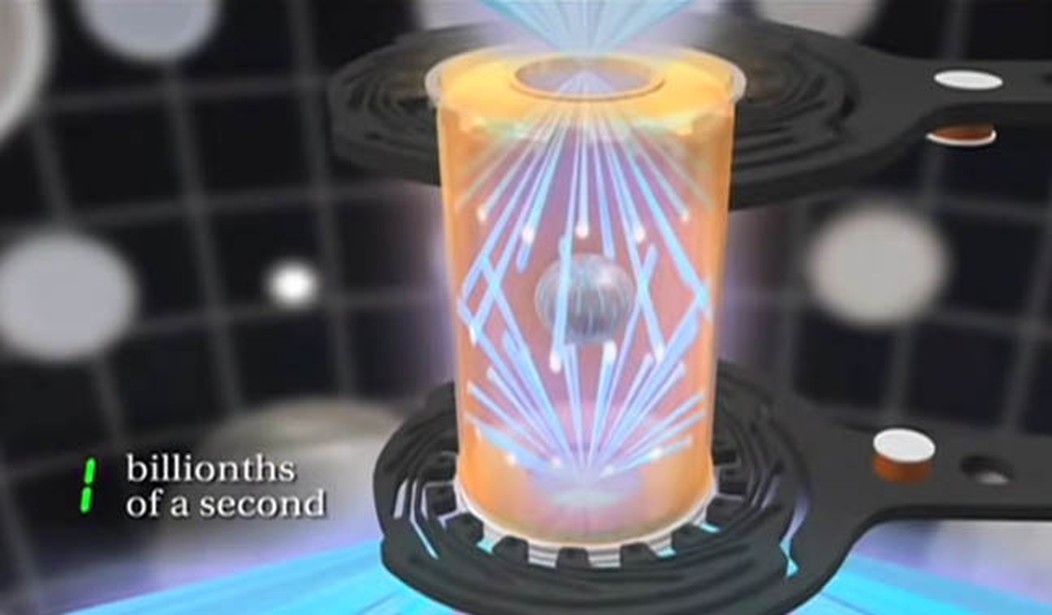You know the saying about fusion power: It’s the energy source of the future and always will be. That bit of dark humor was an acknowledgement of the fact that physicists have been promoting the limitless clean energy possible with fusion for decades without much to show for it. But that may finally have changed. According to a report in Financial Times, US scientists at Lawrence Livermore National Laboratory have achieved a breakthrough. For the first time, they have achieved net energy gain from a fusion reactor.
US government scientists have made a breakthrough in the pursuit of limitless, zero-carbon power by achieving a net energy gain in a fusion reaction for the first time, according to three people with knowledge of preliminary results from a recent experiment.
Physicists have since the 1950s sought to harness the fusion reaction that powers the sun, but no group had been able to produce more energy from the reaction than it consumes — a milestone known as net energy gain or target gain, which would help prove the process could provide a reliable, abundant alternative to fossil fuels and conventional nuclear energy.
The federal Lawrence Livermore National Laboratory in California, which uses a process called inertial confinement fusion that involves bombarding a tiny pellet of hydrogen plasma with the world’s biggest laser, had achieved net energy gain in a fusion experiment in the past two weeks, the people said…
The fusion reaction at the US government facility produced about 2.5 megajoules of energy, which was about 120 per cent of the 2.1 megajoules of energy in the lasers, the people with knowledge of the results said, adding that the data was still being analysed.
Now for the caveats. First, scientific research is supposed be analyzed and published so conclusions can be tested and replicated. Obviously, a leak to the media doesn’t do that. So, officially, all the lab is saying today is that there was a successful test but that “analysis is in process, so publishing the information . . . before that process is complete would be inaccurate.” And according to two of the sources for the story, the amount of energy generated was more than anticipated and that damaged some of the measuring equipment which could make precise analysis even more difficult.
On the other hand, it looks like the Department of Energy knows a major breakthrough when it sees one.
The Department of Energy plans to announce Tuesday that scientists have been able for the first time to produce a fusion reaction that creates a net energy gain — a major milestone in the decades-long, multibillion-dollar quest to develop a technology that provides unlimited, cheap, clean power…
“There is going to be great pride that this is something that happened in the United States,” said David Edelman, who leads policy and global affairs at TAE, a large private fusion energy company. “This is a very important milestone on the road toward fusion energy.”
In August of 2021 a reactor at Lawrence Livermore labs achieved ignition [see update below, they achieved a self-sustaining reaction but not ignition]. The announcement confirming that wasn’t made for a full year after it happened. But obviously net energy production is a very big deal and the US (and the Biden administration) don’t want to wait a year to announce this one, at least in general terms. They want to claim credit now and point out that the US is at the forefront of this research.
This Lawrence Livermore National Laboratory video is 13 years old but gives a detailed description of how this fusion reactor works. Suffice it to say people won’t be setting one of these up in their backyard anytime soon. Still this is a pretty remarkable breakthrough. We may finally be on the path toward workable fusion power.
Update: From CNN, a UK fusion scientists says this is remarkable but still a long way from hooking one of these up to a power grid.
A UK fusion scientist told CNN that the result of the US breakthrough is promising, but also shows more work needs to happen to make fusion able to generate electricity on a commercial scale.
“They have worked on the design and the makeup of the target and the shape of the energy pulse to get much better results,” Tony Roulstone, from the University of Cambridge’s Department of Engineering, told CNN.
“The opposing argument is that this result is miles away from actual energy gain required for the production of electricity. Therefore, we can say (it) is a success of the science but a long way from providing useful energy.”
I’m sure he’s right about that but in the scheme of things another 10 or 20 years to make this into an electricity generating system doesn’t seem all that far away. Now that we’ve apparently shown it’s possible there will be a renewed rush to make it better and to make it practical.
Update: Here’s a video Lawrence Livermore put out ten months ago about the previous milestone. This video says the August 2021 breakthrough put them “on the threshold of ignition” defined as generating more power than they put in. So tomorrow’s announcement will probably be that ignition has been achieved for the first time.








Join the conversation as a VIP Member